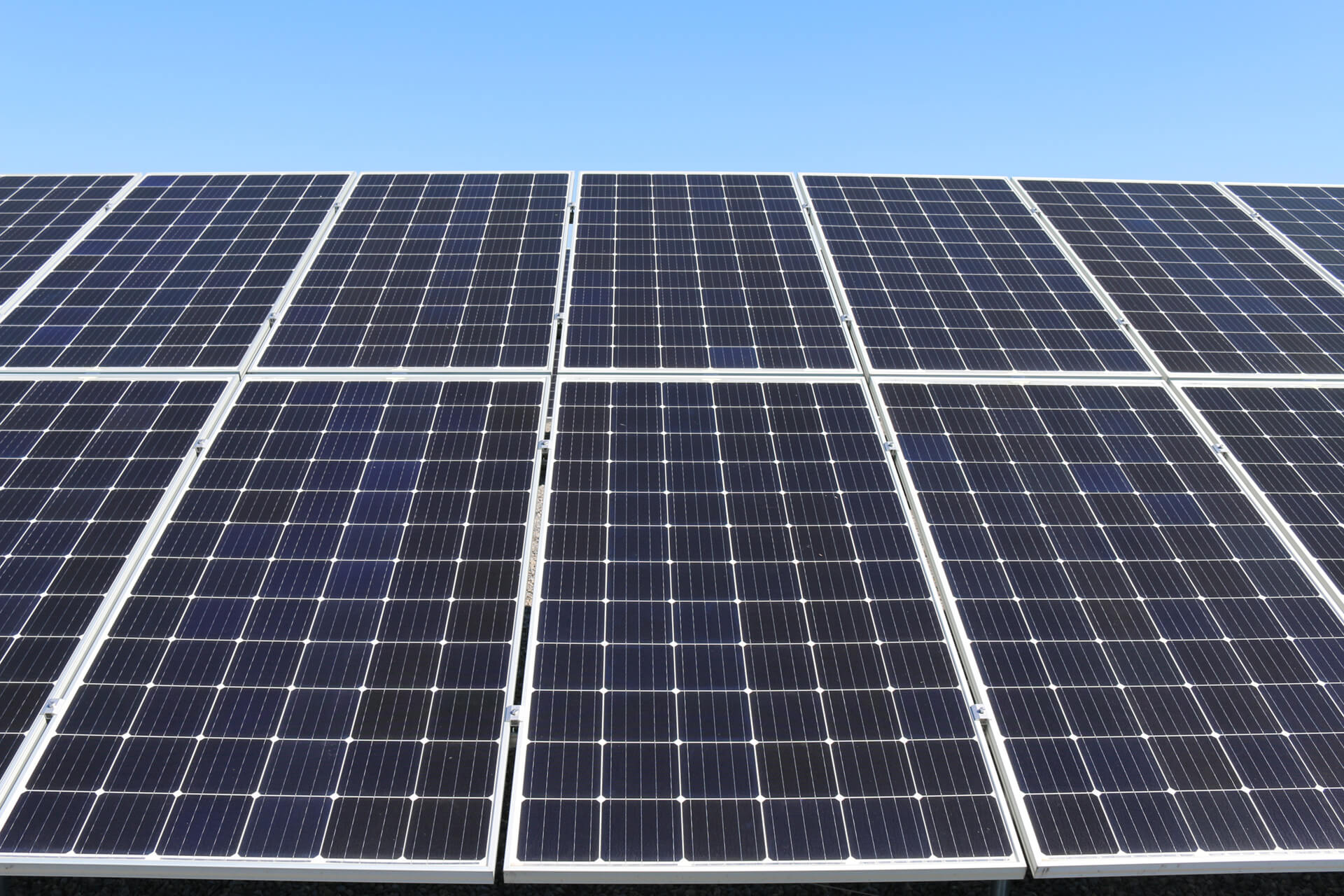The transformation of sunlight into electricity might sound like something from a science fiction novel, but it’s a reality many households in the UK and around the world have embraced. At the heart of this magical process is the Solar Photovoltaic (PV) Technology. Here’s a step-by-step guide to understanding this brilliant invention.
1. Absorption of Light:
Every solar PV panel is replete with cells, primarily made from silicon. When sunlight hits these cells, it dislodges electrons from their atoms. This phenomenon is due to the energy contained in the sun’s photons.
2. Creation of an Electric Current:
The movement of these dislodged electrons is what creates an electric current. The specific structure of the solar cell ensures that these electrons move in a specific direction, thereby generating direct current (DC) electricity.
3. Conversion to Usable Electricity:
The electricity generated by the solar cells is DC, but most homes and appliances operate on alternating current (AC). This is where inverters come into play. They convert the DC into AC, making it usable for everyday household needs.
4. Net Metering and Storage:
Any excess energy that is not immediately used can be fed back into the grid or stored in home battery storage systems. This mechanism not only ensures that no energy goes to waste but can also lead to reduced energy bills through net metering schemes.
The Mechanics of Electric Vehicle Charging: How Does it Work?
The surge in electric vehicle (EV) ownership in the UK raises an important question: How do these marvels of modern transport technology charge? Let’s deconstruct the mechanics behind EV charging.
1. The Charging Point and Connector:
Think of this as the petrol pump for EVs. The EV owner plugs their vehicle into a charging point using a specific connector. This establishes a safe and efficient connection for the transfer of electricity.
2. Onboard Charger and Battery Management System:
Once connected, the EV’s onboard charger takes over. This component converts the incoming AC from the charging point into DC, which the vehicle’s battery can store. Simultaneously, the Battery Management System (BMS) ensures the battery is charged uniformly and safely, prolonging its lifespan.
3. Types of Charging:
There are mainly three types of EV charging – slow, fast, and rapid. The difference between them lies in the power outputs and, subsequently, the charging times. For instance, rapid chargers can refuel an EV battery to about 80% in just 30 minutes.
4. Final Steps:
Once the battery reaches its maximum capacity, the BMS steps in again, reducing the charging speed to ensure the battery isn’t overcharged. After charging, the EV is ready to hit the road, running solely on the stored electricity until the next charge.
Both Solar PV technology and Electric Vehicle charging systems signify a giant leap towards a sustainable and eco-friendly future. As we continue to harness the sun’s energy and move away from fossil fuels, we’re not just conserving the environment; we’re revolutionising our very way of life.
